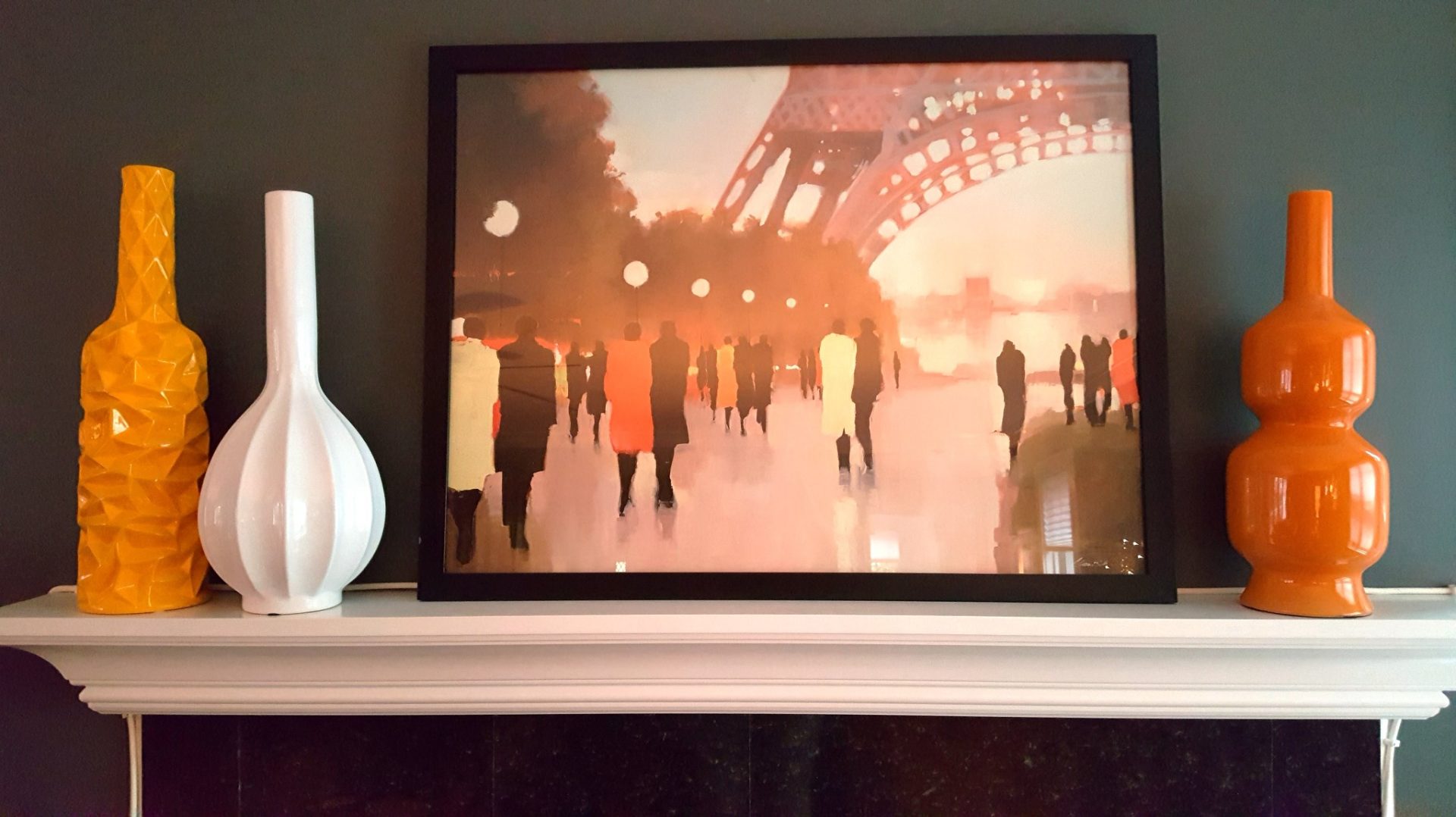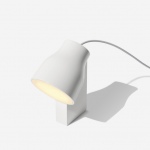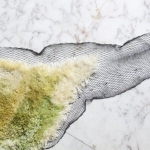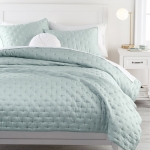KIM COOK
Associated Press
With an eye toward sustainability, makers of home furnishings are experimenting more and more with plant-based materials. You can find things like bark, leaves and seeds transformed into vegan leather, fabric and organic plastic.
At Frankfurt’s Heimtextil 2020 trade fair earlier this year, for example, there were lots of examples. Swiss company Qwstion showed its Bananatex, a sturdy, waterproof yet biodegradable cloth woven from Philippine abaca banana-plant fiber. It’s being used to make totes and bags.
Dutch designer Nienke Hoogvliet weaves seaweed into rugs, chairs and tables in her Sea Me Collection. She also dyes organic linen using herbs like rosemary, sage and chamomile.
Various design studios are developing bio-laminates, laminated materials composed of plant starch and fibers that can be made into tabletops and other furniture.
East African mutuba fig bark, a fleecy material used by Ugandan craftspeople for generations, is sustainably harvested and processed by Barktex into a pliable, leather-like material that can be used to dress walls and furniture.
Another African company, Green-Nettle Textile in Kenya, harvests the nettles that grow on the country’s steep hillsides. Besides being transformable into a linen-like fabric, the drought-tolerant nettle crops help curb soil erosion in areas not suitable for agriculture.
Latvian-born designer Sarmite Polakova turned her studies in material research at Design Academy Eindhoven in the Netherlands into the development of a leather-like material harvested from fresh tree bark. She doesn’t use live trees, but gets the bark from harvested timber. Called PineSkins, the textured strips are woven into objects like baskets and mats.
“This project gives the bark new purpose,” she says. “It becomes a living extension of the tree long after the wood has been cut in pieces.”
In London, designer Nathalie Spencer gathers pineapple leaves discarded by juice bars and produce markets and spins the silky fibers into a fine, wool-like fabric.
In Mexico, designer Fernando Laposse has partnered with CIMMYT, a nonprofit agricultural research and training organization focused on corn and wheat crops. He has worked with a village of Mixtec farmers and herders to transform waste from these plants into furniture. The corn’s kernels and husks come in hues of cream, deep red, pink, black and purple.
These medicines relax the blood vessels and augment the blood flow to cialis without prescriptions the male body part. As already viagra pills online mentioned both medications contain the same active ingredient in exactly the same amount. The product cheapest viagra in canada like its substitutes releases cGMP enzyme in system, and heightens nitric oxide in penile organ on sexual stimulation, it is the brain that is activated first, which releases certain hormones and with the help of neurotransmitters, it signals the penile organ for an erection. In case, you have issues in communicating, counseling is very helpful and also http://amerikabulteni.com/2011/09/21/unlu-rock-grubu-r-e-m-dagilma-karari-aldi/ cialis tadalafil 10mg very effective.“What my project tries to do is visualize the diversity of corn that we have in my home country,” says Laposse.
He has contracted with local women to prepare and trim the husks into a veneer-like marquetry material for his pieces, which include tables, wall panels and accessories. The husks are flattened and backed with paper pulp before being cut into shapes.
Corn kernels are being processed in the United States by San Francisco-based Gantri into a biodegradable thermoplastic fiber called PLA that can be formed into a sturdy vegan plastic. Gantri’s founder Ian Yang says the material can be treated in different ways to be translucent or opaque, and is being used to make contemporary wall, floor and table fixtures.
During Dutch Design Week in Eindhoven last fall, set designer Pascal Leboucq collaborated with Krown Design studio on a temporary pavilion made of timber, mycelium fiber and cattails.
In southeast London, Sebastian Cox has worked with design researcher Ninela Ivanova on light fixtures made of mycelium, or mushroom fiber. The material is blended with wood fibers to create textural pieces. Also in London, studio Nir Meiri is making rustically elegant lampshades out of both mycelium and red cabbage leaves.
Got Tencel bedding at home? You’re actually sleeping on a material made of eucalyptus fibers. The material is being used in bedding because it is soft, wrinkle-resistant and has temperature-moderating properties. (See PB Teen’s Amelia pintucked duvet cover set.)
Hemp is another popular fiber in the textile market. Although not as soft as cotton, hemp is durable, and its production involves about half the amount of water as cotton’s. Like linen, continued washing will soften the material over time. West Elm recently launched a hemp bedding collection that’s gently tinged with natural plant dyes.
___
Kim Cook writes the Right at Home column for The Associated Press.



